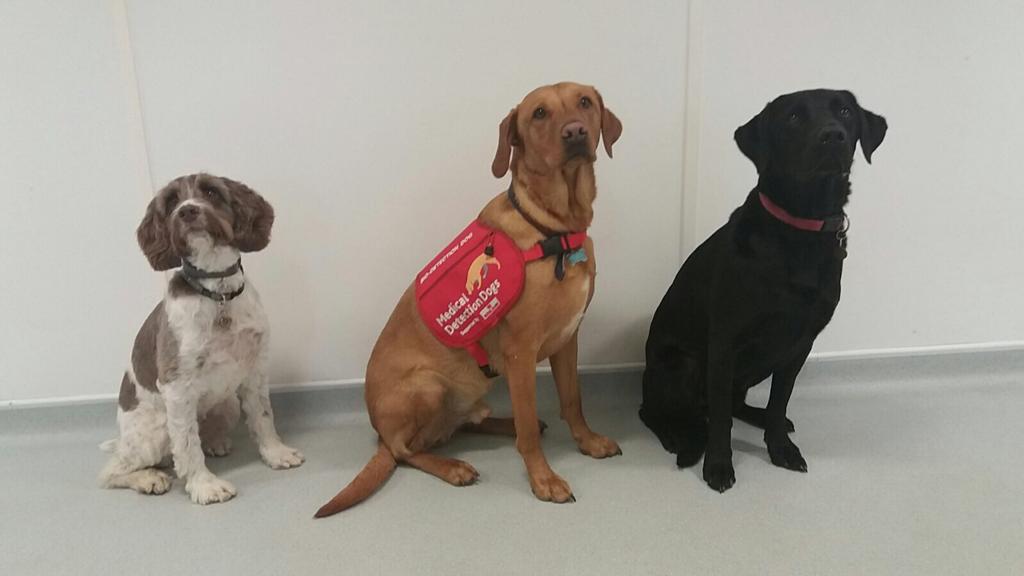BY THE OPTIMIST DAILY EDITORIAL TEAM
Workplace conflict is inevitable, but it does not have to be destructive. Whether you are gearing up for a difficult performance review, navigating tense team dynamics, or addressing workplace concerns, preparing ahead of time can reduce stress and turn conflict into a constructive conversation.
The good news? The anticipation of conflict is often worse than the actual experience. With the right mindset and tools, you can de-escalate tension and build stronger professional relationships.
Four steps to prepare for workplace conflict
To handle conflict effectively, it is crucial to stay present, regulate emotions, and create an opportunity for mutual understanding. Before heading into a tense conversation, take these four key steps:
1. Seek to fully understand the situation
Rather than making assumptions, enter the conversation with an open mind. Ask yourself: What is the other person’s experience? Commit to listening and gaining clarity before forming conclusions.
2. Set a clear outcome for the conversation
What is your goal? Are you seeking collaboration, clarity, or a resolution? Having a clear objective will help you stay focused and avoid unnecessary emotional detours.
3. Identify strategies to support yourself
If you feel overwhelmed in high-stress situations, prepare a grounding technique. This could be deep breathing, using a fidget tool, or repeating a calming phrase such as “Everyone is struggling with something.” These small actions help keep you present and engaged.
4. Set boundaries for the conversation
Know your personal limits. If the conversation becomes unproductive or too heated, pause and regroup. Acknowledge discomfort, slow the conversation down, and ensure that both parties feel heard.
Structuring the conversation: a step-by-step guide
Once you have prepared, it is time to initiate the conversation. To foster a productive and respectful discussion, follow this structure:
-
Notice body language and verbal cues – Pay attention to nonverbal signals that indicate stress, frustration, or disengagement.
-
Name what you observe – Gently acknowledge emotional cues with statements like “You seem frustrated” or “I sense you are feeling overwhelmed.”
-
Offer validation – Express understanding, such as “I see why this situation is frustrating, and I appreciate your perspective.”
-
Invite them to share more – Ask open-ended questions to encourage collaboration and honest dialogue.
-
Identify a path forward together – Work towards mutual solutions and actionable next steps.
Conflict is often linked to emotional responses, and people react differently depending on their stress state. Understanding these responses can improve communication and de-escalate tension.
How to respond to different emotional reactions
People typically respond to workplace stress in one of four ways: fight, flight, freeze, or fawn. Recognizing these patterns allows you to adjust your approach and create a safe space for resolution.
1. Handling a fight response
A person in “fight mode” may become defensive, argumentative, or even aggressive. They may talk louder, cross their arms, or lean in aggressively.
What to do:
- Acknowledge their frustration: “I can see that you are upset.”
- Offer validation: “I understand why you feel this way, especially given the feedback you received last week.”
- Encourage further discussion: “Is there anything else you want me to know?”
- Shift focus toward solutions: “How do you see us moving forward from here?”
2. Handling a flight response
People in “flight mode” may seem anxious, restless, or eager to end the conversation. They may avoid addressing key issues or ruminate on past concerns.
What to do:
- Identify avoidance: “You seem distracted. I notice we are talking around the issue.”
- Validate concerns: “I understand if you are feeling uneasy about this conversation.”
- Redirect focus: “What did not work well for you on this project?”
- Encourage collaboration: “What are your thoughts on improving this process?”
3. Handling a freeze response
A “freeze response” can cause mental paralysis, silence, or stonewalling. The person may struggle to articulate their thoughts.
What to do:
- Gently name observations: “You seem quieter than usual.”
- Offer reassurance: “I know this situation is stressful. I appreciate your effort.”
- Allow space: “I want to hear your thoughts—take your time.”
- Guide them toward clarity: “What feels like the biggest challenge for you right now?”
4. Handling a fawn response
Someone in “fawn mode” may over-apologize, over-accommodate, or avoid conflict altogether. They may be reluctant to express concerns.
What to do:
- Acknowledge hesitation: “I have heard you might have concerns about this project. Let’s talk about it.”
- Validate honesty: “I appreciate your openness—I take your feedback seriously.”
- Reinforce collaboration: “What do you need from me to feel supported?”
- Commit to action: “Let’s work together to find a solution.”
Embracing conflict as an opportunity
Rather than fearing workplace conflict, view it as an opportunity for growth. Effective conflict resolution fosters trust, collaboration, and innovation. When handled with empathy and strategy, difficult conversations can lead to stronger relationships and better results.
By integrating these communication techniques, leaders can create a culture where employees feel heard, valued, and motivated—making conflict a stepping stone, not a roadblock.











